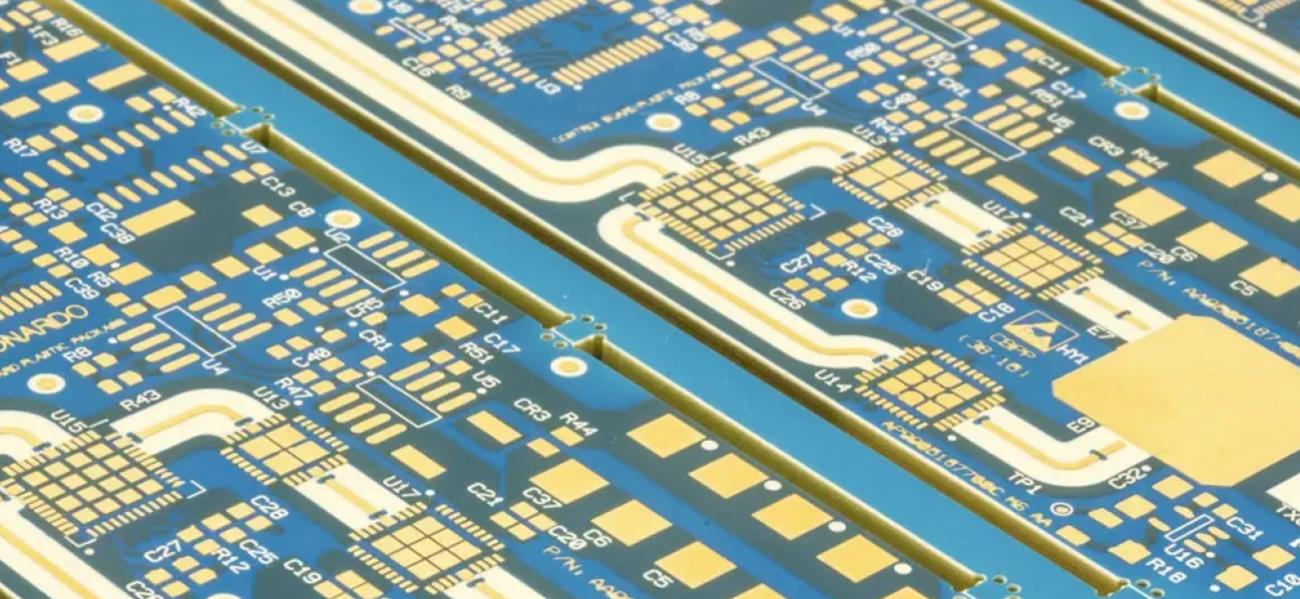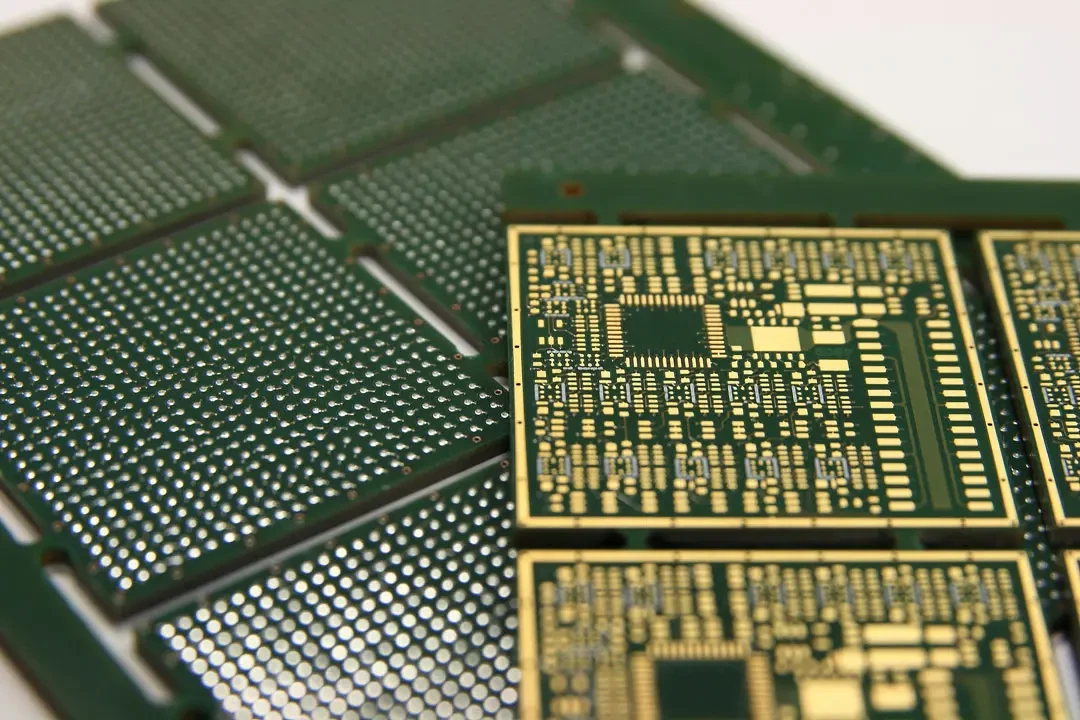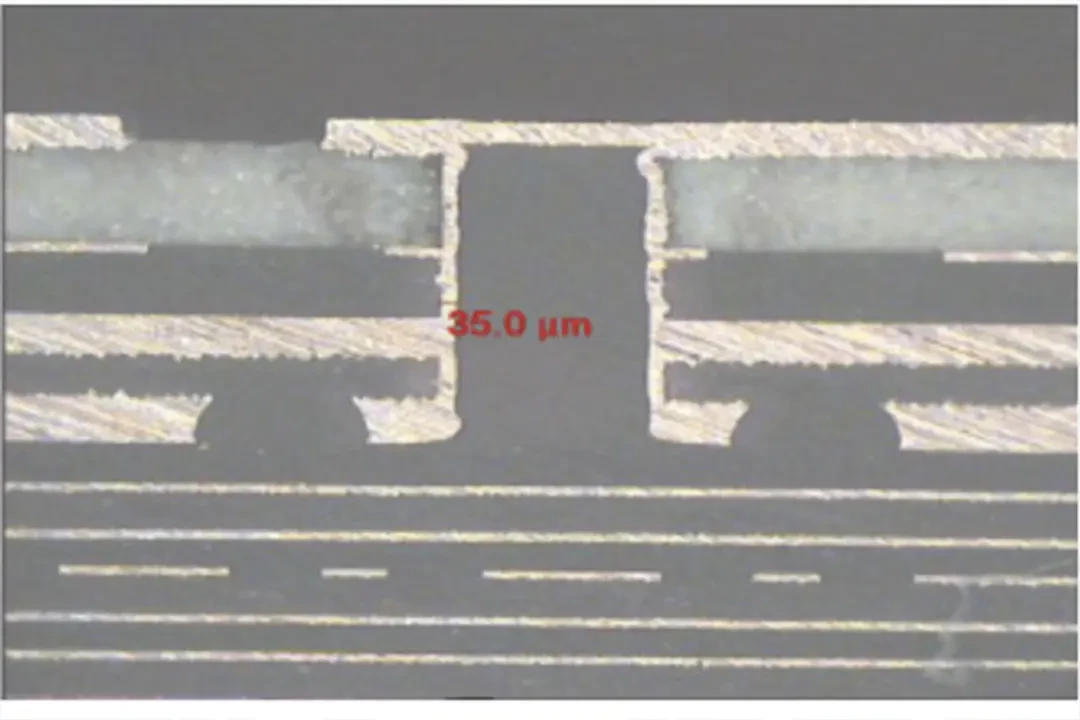Base materials' role for high-performance PCBs

Base materials and laminates, in particular, are increasingly important to high-performance PCBs; low losses as well as low dielectric constant (or consistent dielectric constant) are both critical specs for laminates.
Higher heat resistance is needed for lead-free assembly processes: laminates that need to resist to high temperature must have a higher Decomposition Temperature (called Td).
Additional features important for the new laminates are:
uniform glass distribution to get a better quality in laser drilling
thinner glass fabrics to get better electrical properties
thin dielectrics for distributed capacitance between power and ground
Moreover, a wide range of laminates that allow to realize embedded components like resistors and/or capacitors are coming from laminates manufacturers.
New laminates "designed” for high-performance PCBs have to be reviewed under thermal-mechanical and electrical aspects.
Materials choice

Here following a list of the typical characteristics to take under consideration during the base material choice.
CTE
Thermal expansion in x, y and z-axis with special impact on the z-axis for the reliability of the vias (e.g. barrel cracking) and withstand multiple pressing processes.
Loss tangent (Df) and permittivity (Dk)
Parameters for signal integrity and impedance requirements.
Glass type and resin content
Uniform glass distribution helps to get a better quality in laser drilling.
Thinner glass fabrics help to get better electrical properties.
Thin dielectrics make it possible to get a better distribution of capacitance between power and ground.
Glass transition temperature Tg
The temperature at which the material stops acting as a rigid material.
Decomposition temperature Td
Higher heat resistance is needed for lead-free assembly processes: laminates that need to resist to high temperature must have a higher Decomposition Temperature (called Td). This is the temperature that a laminate can withstand when it has lost 5% of its weight by thermal gravimetric analysis (TGA).
Humidity Impact on final product
Important aspects may be the CAF Resistance and moisture absorption.
Environmental Impact
Need of "Low Halogen” laminates for the green electronic.
Your need, Our competence

All validated materials used in Cistelaier are listed here following, in cursive the specific ones for high-performance PCBs.
Standard FR4, high Tg Laminates also Halogen Free and specific for High Speed Digital:
FR4 standard & Leadfree: Iteq IT140 & IT588; Isola Duraver ML104i - Tg 140 °C; Black FR4
Mid Tg epoxy for Lead-free process: Iteq IT158 -Tg 160 °C; Isola IS400 -Tg 150 °C
Mid Tg– Halogen Free: Iteq IT40G -Tg 140 °C, IT150G
High Tg 180°C epoxy (without filler): Iteq IT180 (also No/Low flow Prepreg); Isola IS420& IS410; ARLON 45N
High Tg 180°C epoxy (with filler): Iteq IT180A & IT180i; Isola PCL370HR; Nelco N4000-29; Hitachi 700GR; EMC 827 i
High Tg 170°C epoxy – Halogen Free: Iteq IT170GRA1 & IT170G & IT180GN
High speed application: Nelco N4000-13(Si) & N4800-20(Si); Isola Fr408HR, IS600(series), Astra and I-Tera; Iteq IT200DK and IT150DA(SE), IT-968 (SE), IT-988G, IT-988G SE; Panasonic Megtron6 and Megtron7
Capacitance layer: OAK-Mitsui Faradflex
High-performances materials for avionic/military application:
Polyimide Resin System: Arlon 33N, 35N, 84N, 85N, 85HP; Ventec VT901(also No/Low flow); Hitachi MCL-I-671; Isola 95P/96P; NELTEC N 7000VO
Epoxy Resin System: Arlon® Kevlar 4NK (Tg 170 °C and 4.7 ppm/°C)
Epoxy and Polyimide Thermount® & Para Aramid fiber: ARLON 55NT/85NT
Copper/Invar/Copper: tipically 150 ?m thick - 17/120/17 ?m)
Thick copper: up to 500 microns and over, for BusBar application and copper inlay&coin technology
Substrates for flexible circuits:
Flexible Laminates-Polyimide film based: DuPont PYRALUX LF; PYRALUX FR
Flexible Laminates- Polyimide film based Adhesiveless: PYRALUX AP, PYRALUX AP-Plus & PYRALUX TK
Flexible Laminates-Polyimide based Adhesiveless: UBE Upilex; Iteq IF-2LD; Panasonic Felios
Emi shielding layer: Tatsuta SF-PC6000 and TATSUTA SF-PC 3300
High Frequency materials Teflon® based and non-Teflon based:
Rogers® / Arlon (also Copper/Brass supported): RT/Duroid Family; RO3000 Family; TMM Family; DiClad Family; Isoclad Family; Cuclad Family; AD Family; AR Family; TC Family
Rogers® / Arlon®: RO4350 & RO4003 (Back up material for discontinued 25N & 25FR but partially applicable)
Epoxy and Polyimide Thermount® & Para Aramid fiber: ARLON 55NT/85NT
Rogers®: ULTRALAM® 3850HT - Liquid Crystalline Polymer (LCP)
Iteq "new generation” material for RF and Microvawe applications IT-88GMW, IT-8300GA, IT-8338G, IT-8338A, IT-8350G, IT-8350A, IT-8615G with Dk from 3,00 up to 6,15(,05)
Taconic®: RF25A2, RF35, RF35A2, RF45, RF60, TSM-DS3, Cer10, FastRise, TACLAM Plus and all teflon family (TLX, TLY, TLE)
Nelco: Mercurywave series, Meteorwave (1000 & 4000 Series) and all teflon family
Foam: Rohacel HF51